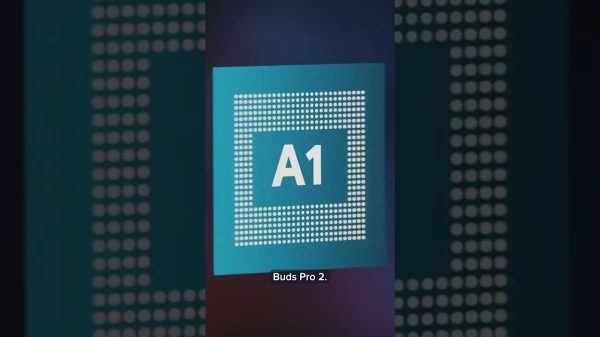The U.S. government is proposing an 18% increase in the requirement for new-vehicle fuel economy beginning with the 2027 model year and fully enforced by the 2032 model year.
That means the new average across all cars, pickups, SUVs and commercial vans would be about 43.5 miles per gallon when measured in real-world driving, not in testing.
The proposed numbers were released Friday by the National Highway Traffic Safety Administration. A 60-day comment period now opens.
Currently, the fleet of new vehicles must average 36.75 mpg by 2026 under corporate average fuel economy, or CAFE, standards adopted by the Biden administration. Biden’s rule marked the reversal of a lessening of fuel-economy requirements made by former President Donald Trump, the latter of which came at the urging of the auto industry.
Increasing the fuel economy of vehicles is popular with consumers. A 2022 Consumer Reports survey found that 95% of Americans say fuel economy is important to them when considering their next vehicle, and seven in 10 say it is “very important” or “extremely important.”
Fuel economy standards from NHTSA differ from but are largely complementary to the emission standards proposed by the Environmental Protection Agency (EPA), which sets rules that aim to make vehicles in the U.S. less polluting. State agencies can set rules that are stricter than the federal regulations if they choose.
The highway safety agency said it will try to align regulations with the EPA’s proposed vehicle reductions in greenhouse gas emissions. But if there are discrepancies, automakers likely will have to follow the most stringent regulation.
“I want to make clear that EPA and NHTSA will coordinate to optimize the effectiveness of both agency standards while minimizing compliance costs,” NHTSA Acting Administrator Ann Carlson said.
Environmental groups generally welcomed the proposed boost to the CAFE standards.
“All Americans, and particularly low-income drivers, are burdened with volatile gas
RB00,
prices. Cleaner cars are good for our lungs, our climate and our wallets,” said Katherine Garcia, who leads environmental group Sierra Club’s Clean Transportation for All program.
Read: Why are gas prices going up again? Brace for further increases, analysts say
“This proposal —alongside the EPA’s proposal to reduce emissions from vehicles —are key tools to addressing the nation’s top source of pollution,” Garcia added.
Don’t miss: We warned you about this heat, Joe Biden, a leading scientist scolds. ‘Declare a climate emergency’
NHTSA estimates the new regulations will save more than $50 billion on fuel used across the new fleet on American roads, over the vehicles’ lifetimes. The proposal will save more than 88 billion gallons of gasoline collectively through 2050 if NHTSA’s preferred alternative is adopted.
Sen. Ted Cruz, the Republican of Texas and ranking member on the Commerce Committee, was critical of the more-stringent proposal.
“Commerce Republicans warned the failed radical NHTSA nominee Ann Carlson not to take this step in a May 1st letter because American families should be free to purchase any vehicle they want,” Cruz said in a statement. “This de facto [electric vehicle] mandate will dramatically raise car prices, weaken energy security and is likely contrary to the law.”
A leading auto industry trade group which includes General Motors
GM,
Toyota
TM,
Ford
F,
Crysler and Jeep parent Stellantis
STLA,
and others said requirements from the agencies should be lined up to provide clarity for manufacturers.
“If an automaker complies with EPA’s yet-to-be-finalized greenhouse gas emissions rules, they shouldn’t be at risk of violating CAFE rules (from NHTSA) and subject to civil penalties,” John Bozzella, CEO of the Alliance for Automotive Innovation, said in a statement.
Read: Ford revenue jumps 12%, but stock dips as Wall Street spooked by shifting EV production goal
But that auto alliance has also expressed its concerns that EPA-led emissions policy will require a huge increase in electric vehicle sales
TSLA,
that’s not reachable by the proposed deadline of 2032, even if EV sales are on the rise.
The EPA says the industry can reach the greenhouse gas emissions goals if 67% of new vehicles sold in 2032 are electric. Currently, EVs make up about 7% of new vehicle sales. And, automakers can meet the new requirements with a mix of EVs, gas-electric hybrids and efficiency improvements in gas and diesel vehicles.
NHTSA said its proposal includes a 2% annual improvement in fuel mileage for passenger cars, and a 4% increase for light trucks. It’s proposing a 10% improvement per year for commercial pickup trucks and work vans.
The Associated Press contributed.
Read the full article here













